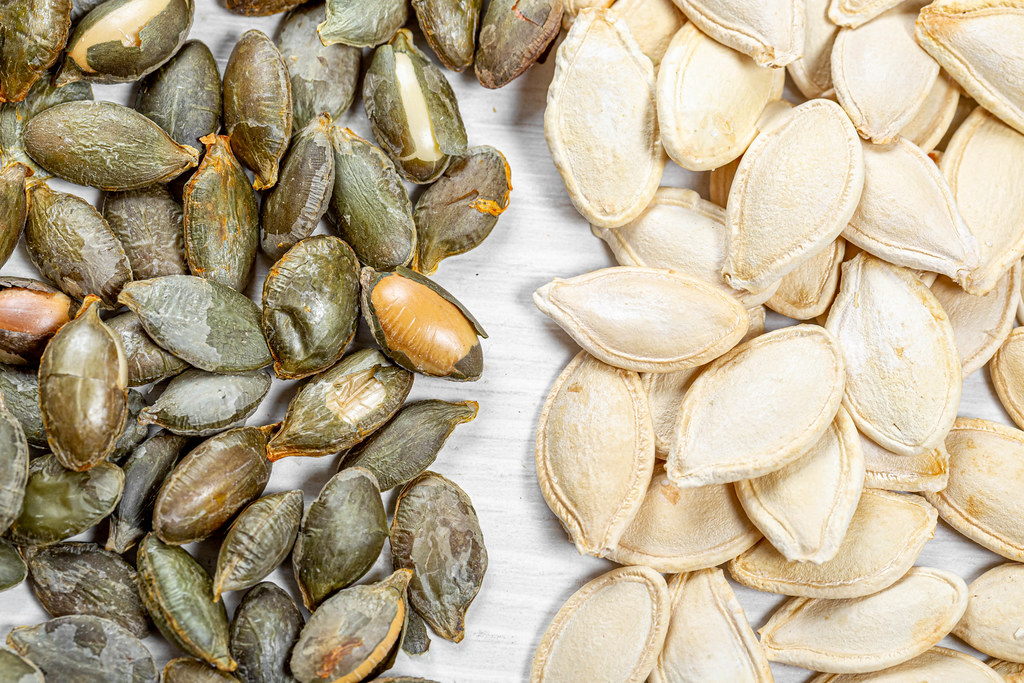Introduction:
🥗 Welcome back to our Lentils for Weight Loss series! In this sixth post, we will be focusing on the incredible versatility of lentils and how they can elevate your salads to a whole new level. Salads are a refreshing and nourishing option for weight loss, and when paired with protein-packed lentils, they become even more satisfying and nutritious. Join us as we explore five delicious lentil salad recipes that will support your weight loss goals while delighting your taste buds. Get ready to experience the wholesome goodness of lentils in vibrant, colorful salads that will leave you feeling energized and nourished.
- Mediterranean Lentil Salad: 🌿🥒🍅
This vibrant salad combines cooked green lentils with crisp cucumbers, juicy tomatoes, tangy feta cheese, and briny Kalamata olives. Drizzle it with a lemon and olive oil dressing and sprinkle with fresh herbs like parsley and mint for a burst of Mediterranean flavors. This refreshing salad is not only packed with nutrients but also offers a satisfying blend of textures and flavors.
- Spicy Mexican Lentil Salad: 🌶️🥑🌽
Add a kick to your salad with this Mexican-inspired creation. Mix cooked lentils with colorful bell peppers, sweet corn kernels, diced avocado, and chopped cilantro. For an extra zing, toss in some jalapeño slices and squeeze fresh lime juice over the salad. The combination of spice, creaminess, and freshness makes this salad a delicious and satisfying option for weight loss.
- Asian Sesame Lentil Salad: 🌱🥕🥦
Transport your taste buds to Asia with this flavorful lentil salad. Combine cooked lentils with julienned carrots, crunchy snow peas, sliced red bell peppers, and chopped scallions. Toss the salad in a sesame-ginger dressing, and garnish with toasted sesame seeds for added texture and nutty flavor. This Asian-inspired creation provides a delightful balance of colors, textures, and umami-packed dressing.
- Caprese Lentil Salad: 🍅🧀🌱
Give a classic salad a lentil twist with this Caprese-inspired creation. Combine cooked lentils with juicy cherry tomatoes, fresh mozzarella cheese, and fragrant basil leaves. Drizzle the salad with a balsamic glaze or a tangy vinaigrette for a burst of flavor. This salad not only offers the classic combination of tomato, mozzarella, and basil but also adds a protein and fiber boost from lentils.
- Greek Lentil Salad: 🇬🇷🍋🧄
Take your taste buds on a Greek culinary adventure with this delightful lentil salad. Mix cooked lentils with crisp cucumber slices, tangy feta cheese, diced red onions, and Kalamata olives. Toss the salad in a lemon and garlic dressing, and sprinkle with dried oregano for that authentic Greek touch. This refreshing salad is packed with Mediterranean flavors and is perfect for a light and nutritious meal.
These lentil salad recipes not only provide a satisfying blend of flavors and textures but also offer a plethora of nutrients that support your weight loss journey. Feel free to customize these salads with additional vegetables, herbs, or dressings to suit your preferences. Stay tuned for more exciting lentil-based recipes in our Lentils for Weight Loss series!












